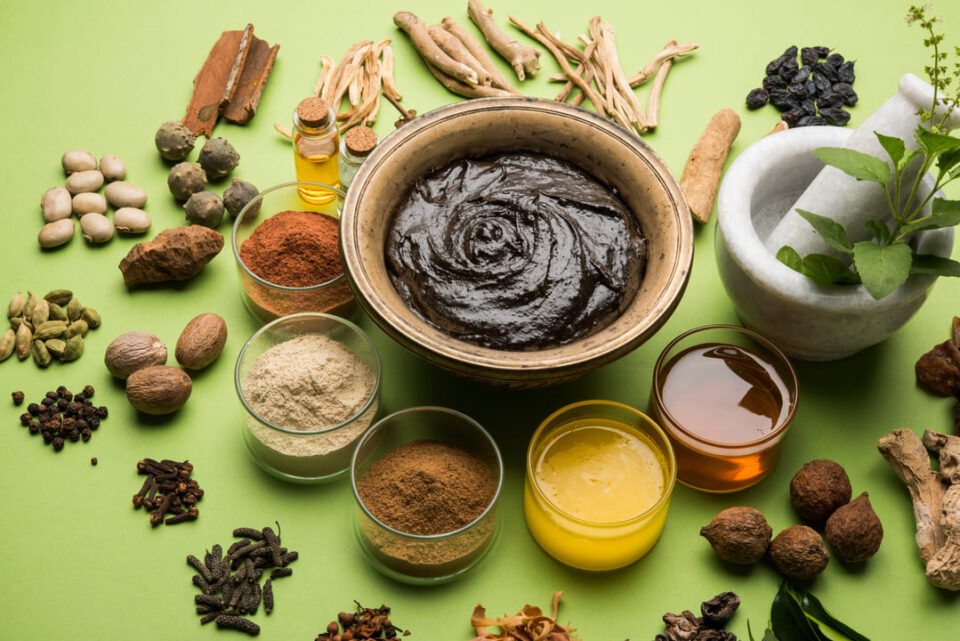Chyawanprash is an age-old Ayurvedic rasayana—an herbal preparation that promotes rejuvenation. Over 40 medicinal herbs are slow-cooked into an immune-boosting jam, with amla (Indian gooseberry) as the primary ingredient. Amla pacifies vata and kapha, but its sour taste can aggravate pitta dosha.
The heating nature of Chyawanprash comes from certain ingredients like long pepper, cardamom, and cinnamon. Modern research published in the Journal of Ayurveda and Integrative Medicine notes that piperine, the active compound in long pepper, is a potent bioenhancer that increases the bioavailability and absorption of other herbs. However, piperine’s thermogenic properties can increase internal body heat.
Patient Experiences with Summer Usage
Over the years, I’ve had patients report feeling “too hot” after taking Chyawanprash in peak summer. “I love how energetic Chyawanprash makes me feel, but in mid-April, I start getting acid reflux,” one patient admitted. Another described reddish skin eruptions after increasing her dosage. Excess internal heat can manifest as heartburn, irritability, inflammations, and skin rashes.
Modulating Chyawanprash Consumption in Summer
So, should you completely stop eating Chyawanprash in the summer? Not necessarily. This tonic is still valuable for boosting immunity, especially in today’s post-pandemic era. The key is to modulate your consumption based on your body type and the climate.
Pitta-Predominant Individuals
If you’re a pitta-predominant individual, consider reducing your Chyawanprash dosage in summer to ½-1 teaspoon daily, as opposed to the standard 1-2 teaspoons. Take it in the morning with cooling foods like coconut water or aloe vera juice or milk. Avoid consuming it multiple times a day, as the cumulative heating effect can be problematic.
Vata and Kapha Doshas
Those with vata and kapha doshas may have more leeway with summer usage, as their constitutions are balanced by Chyawanprash’s heating nature. However, be mindful of signs of excess heat like acid reflux, and lower your dose if needed. Consider taking Chyawanprash with ghee to pacify pitta.
Ideal Timing and Combinations
Regardless of your dosha, the ideal time to consume Chyawanprash in summer is early morning on an empty stomach, when the agni (digestive fire) is strongest. Avoid taking it in the afternoon or evening when the external heat is at its peak. You can eat Chyawanprash off the spoon, spread it on toast, or stir it into warm (not hot) milk.
The Takeaway
In conclusion, while Chyawanprash’s heating potency warrants mindfulness in the summer, this doesn’t mean you must completely forgo its benefits. By modulating your dosage, pairing it with cooling foods, and consuming it early morning, you can still reap its rejuvenating effects. As with any Ayurvedic rasayana, pay careful attention to your body’s feedback. If you notice signs of excess heat, reduce your intake or consult your Ayurvedic physician for a customized plan. With this balanced approach, Chyawanprash can continue to be a valuable part of your summer wellness routine.

